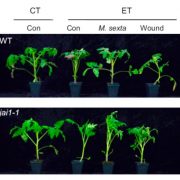
Insect herbivory antagonizes leaf cooling responses to elevated temperature in tomato (PNAS)
Plants have strategies to cool themselves when the temperature is hot. These include increasing their rate of transpirational cooling through stomatal opening and raising their leaves, which can enhance air flow. Previous studies have shown a role for the heat shock proteins (HSPs) and their cochaperone…
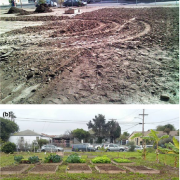
Monitoring and mitigation of toxic heavy metals and arsenic accumulation in food crops: A case study of an urban community garden (Plant Direct)
Urban gardens are a great way to introduce people to plant science, to bring fresh food into areas underserved by grocery stores (“food deserts”), and can promote a sense of community. But as Cooper et al. observe, many potential sites can be contaminated with heavy metals (lead, cadmium) and metalloids…
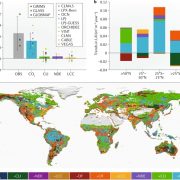
Review: Characteristics, drivers and feedbacks of global greening (Nat. Rev. Earth Environ.)
Whenever we talk about global trends there are of course local variations. Here, Piao et al. discuss recent trends of global greening, which is occurring at arctic as well as temperate and tropical regions. Overall, this greening is attributed to increasing atmospheric CO2, which promotes plant growth,…
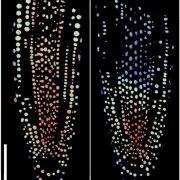
AuxSen: a biosensor for direct visualization of auxin (bioRxiv)
Auxins participate in nearly every aspect of plants' life cycle, but the information about the actual distribution of this hormone is scarce. The location of the hormone has been inferred using reporters based on auxin-transcriptional responses or auxin-dependent degradation signals. For a direct visualization,…
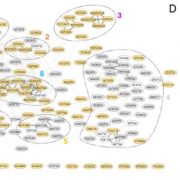
Putative cis-regulatory elements predict iron deficiency responses in Arabidopsis roots (Plant Physiol.)
Iron (Fe) is an important micronutrient needed by plants for survival. Plants have evolved a range of morphological, physiological and molecular responses to Fe availability, including the transcriptional regulation of over one thousand genes in response to Fe deficiency (-Fe) in Arabidopsis. However,…
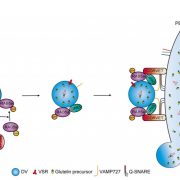
GPA5 encodes a Rab5a effector required for post-Golgi trafficking of rice storage proteins ($) (Plant Cell)
Storage proteins secreted into vacuoles during seed development serve as precursors for germination and plant growth. In this paper, Ren et al. identified a regulator, GLUTELIN PRECURSOR ACCUMULATION 5 (GPA5) that is involved in protein trafficking into the vacuoles during seed development. The loss…

Death in cells overlying lateral root primordia facilitates organ growth in Arabidopsis (Curr. Biol.)
While cell division and cell expansion are known to be determinants of plant organ growth, little is known about the role of cell elimination and death in this process. Cell death indicators such as cell death- and autolysis-associated cysteine proteases have been observed in cells overlying the site…
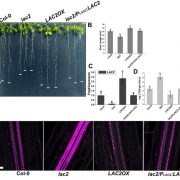
MicroRNA397b-LACCASE2 module regulates root lignification under water- and phosphate deficiency ($) (Plant Physiol)
Water and nutrient availability are a major limiting factors for plant productivity. Plant have evolved a series of complex adaptive features that help them to survive in the hostile environment. Upregulation of lignin biosynthetic genes in roots under salt and water stress have been reported in some…
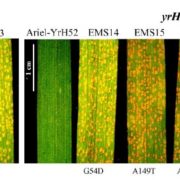
Three previously characterized resistances to yellow rust are encoded by a single locus Wtk1 (J. Exp. Bot.)
Yellow rust is a fungal disease of wheat. Three mutants with enhanced resistance were identified in wild emmer wheat from different locations were previously mapped to the same region of chromosome 1B. Given that each locus showed a different degree of resistance, it was presumed that they were non-allelic.…

